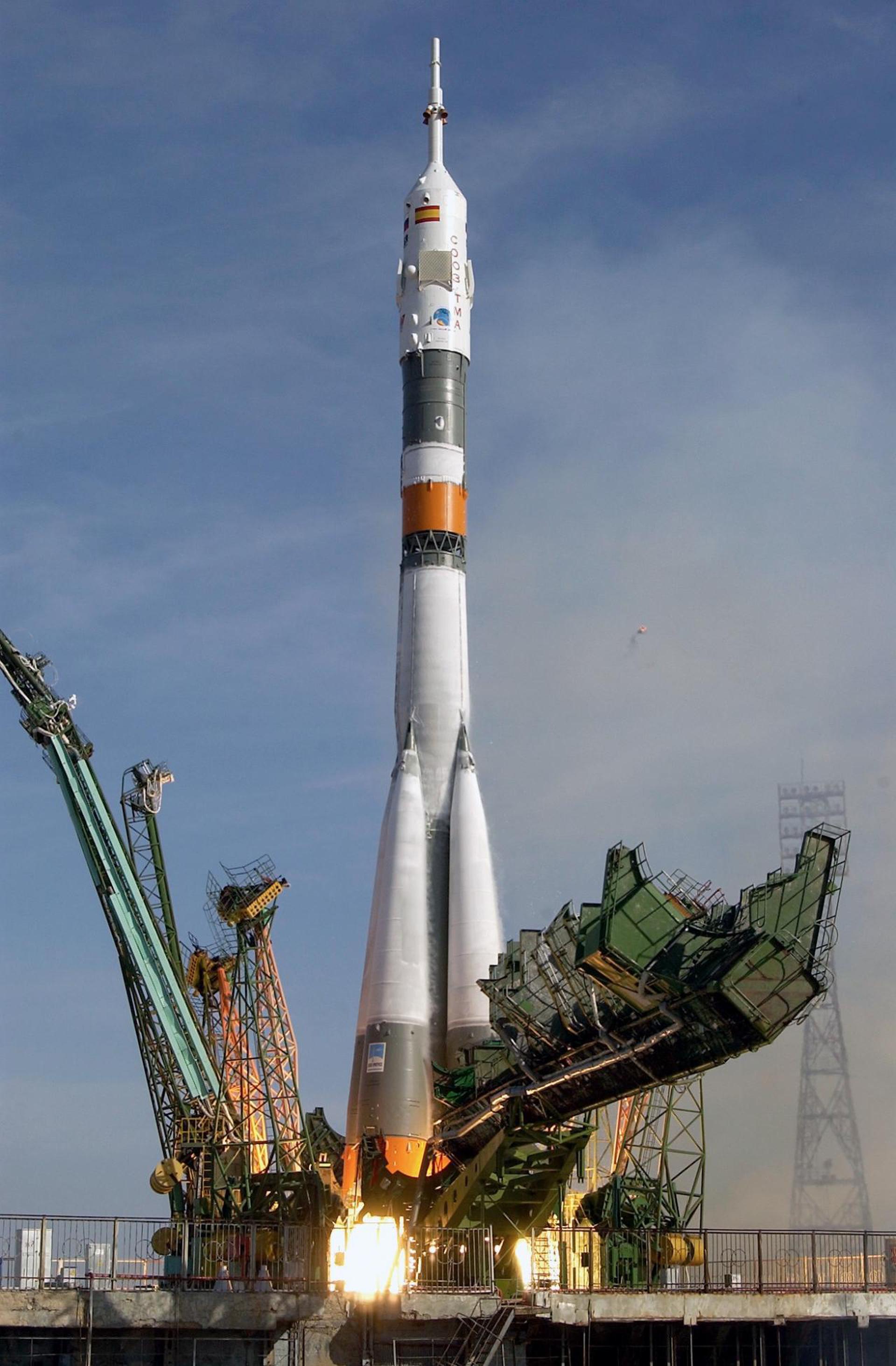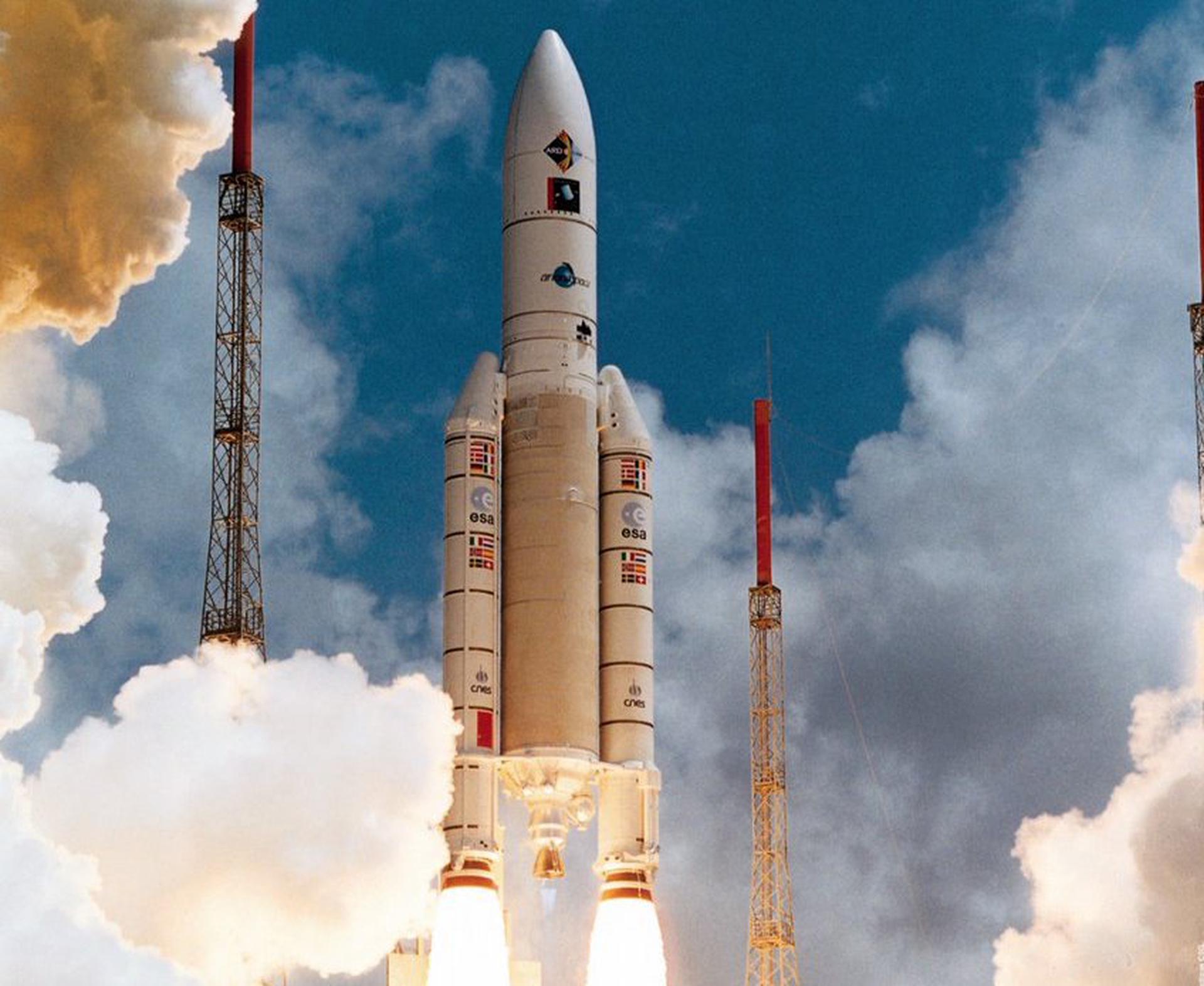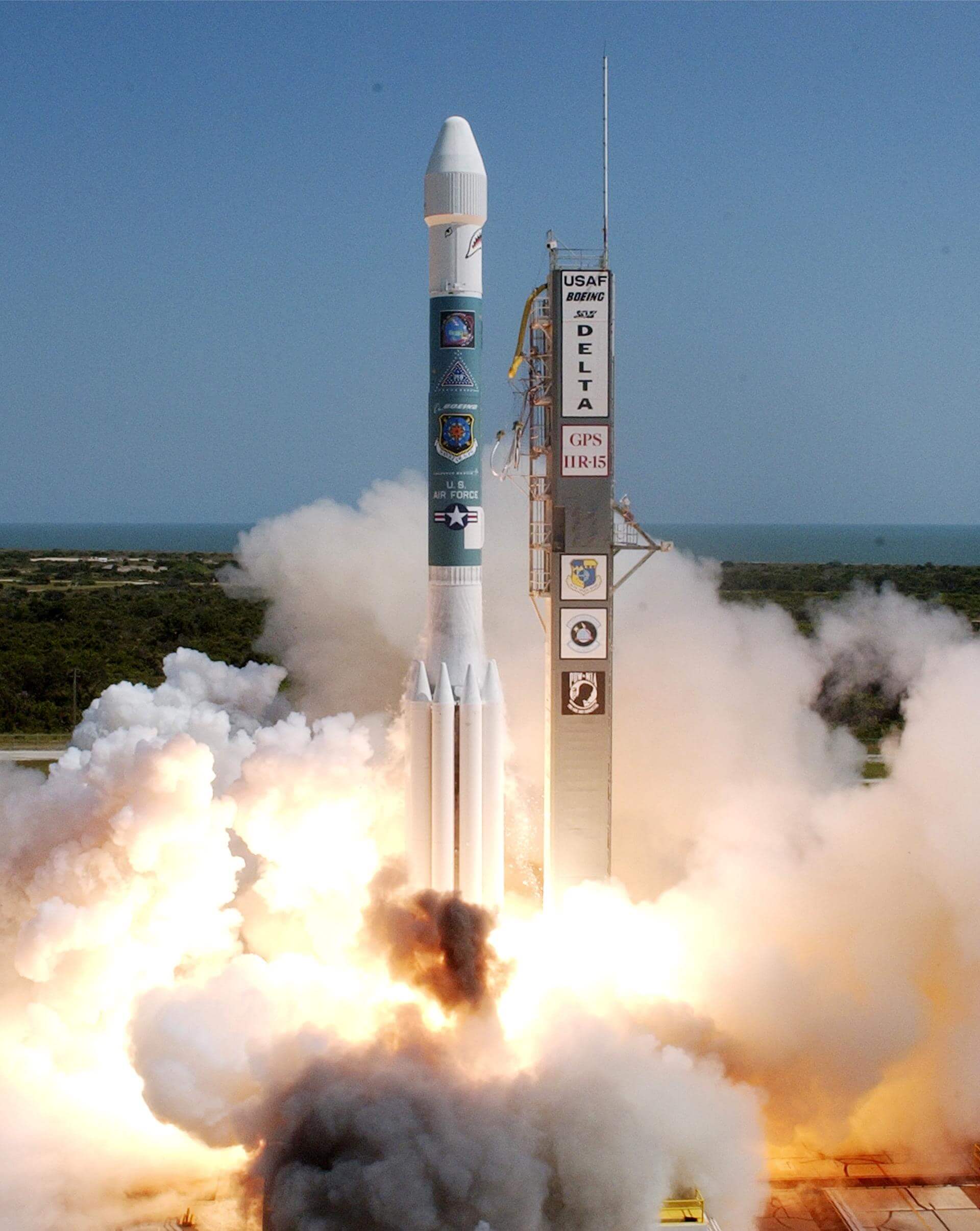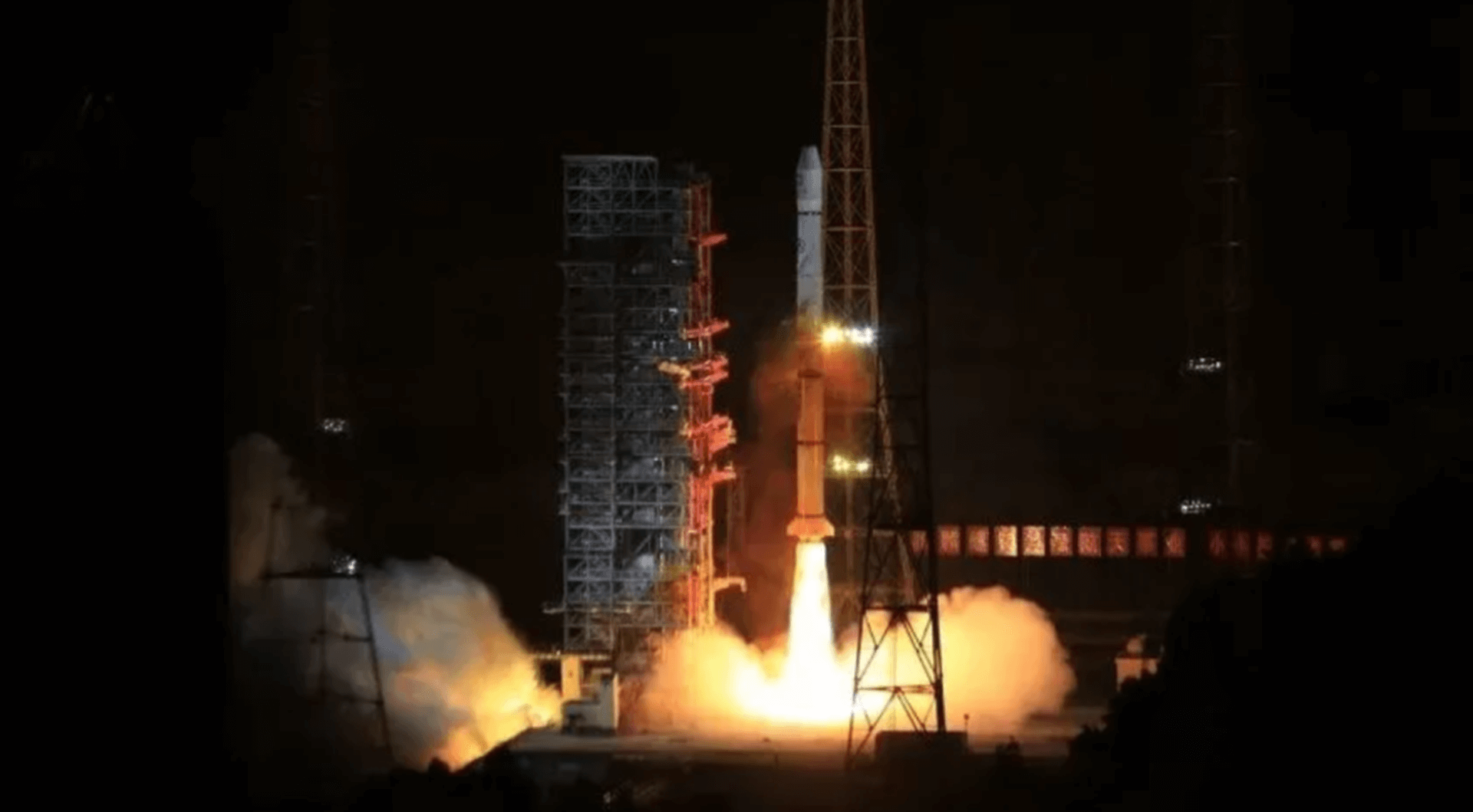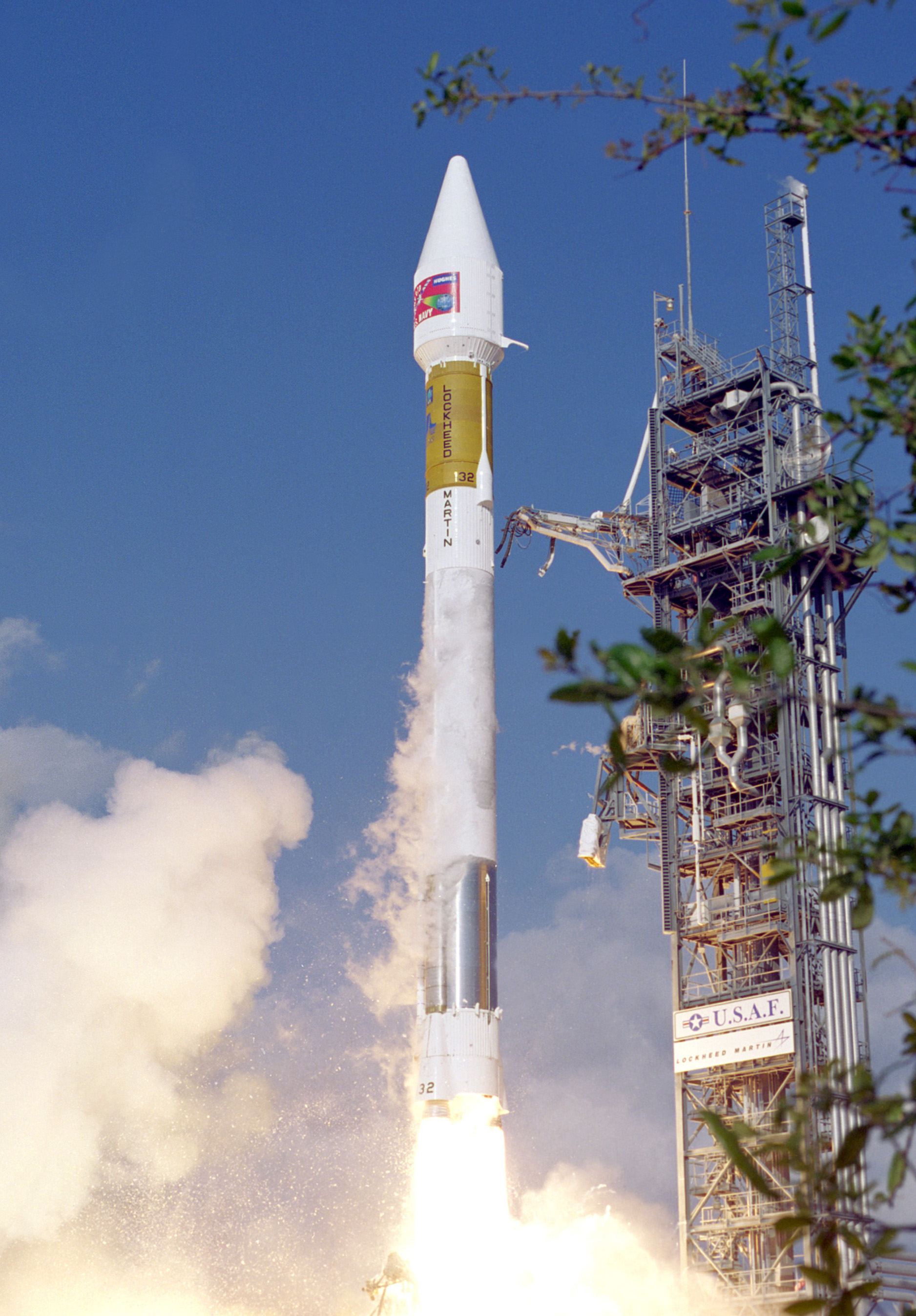Previous Spaceflight Launches
Filter by Agency, Locations or Vehicles
Show All LaunchesSoyuz U | Progress M1-4
Russian Federal Space Agency (ROSCOSMOS) | RussiaBaikonur Cosmodrome, Republic of Kazakhstan
Nov. 16, 2000, 1:32 a.m.
Ariane 5 G | PAS-1R, Amsat P3D, STRV 1C, STRV 1D
ArianeGroup | FranceGuiana Space Centre, French Guiana
Nov. 16, 2000, 1:07 a.m.
Status: Launch Successful
Mission:
PAS-1R a commications satellite located at 40 degrees west, serving the Americas, the Caribbean, Europe and Africa, operated by PanAmSat. Amsat P3D was an amateur radio satellite built and operated by AmSat. STRV was a series of four satellites operated by the UK MoD, intended to test new technologies, two were launched on this vehicle.
Geostationary Transfer OrbitDelta II | GPS IIR-6
United Launch Alliance | United States of AmericaCape Canaveral SFS, FL, USA
Nov. 10, 2000, 5:14 p.m.
Soyuz-U | Soyuz TM-31
Russian Federal Space Agency (ROSCOSMOS) | RussiaBaikonur Cosmodrome, Republic of Kazakhstan
Oct. 31, 2000, 7:52 a.m.
Status: Launch Successful
Mission:
Soyuz TM-31 began Expedition 1 by carrying 3 cosmonauts and astronauts to the International Space Station. Russian Commander, cosmonaut Yuri Gidzenko alongside Flight Engineer, Sergei Krikalev and Flight Engineer/Spaceflight Participant William Shepherd launched aboard the Soyuz spacecraft on October 31, 2000, 07:52:47 UTC. They docked with the station two days later. During their stay there, crew performed first maintenance and repair works, carried out first experiments and conducted several EVAs. They were also visited by several Progress resupply spacecrafts and STS-97 and STS-98 crews, and welcomed aboart STS-102 with the next expedition crew. Expedition 1 returned with STS-102, landing safely back on Earth on 21 March 2001, 07:33:06 UTC.
Low Earth OrbitLong March 3A | Beidou Daohang Shiyan Wei.
China Aerospace Science and Technology Corporation | ChinaXichang Satellite Launch Center, People's Republic of China
Oct. 30, 2000, 4:02 p.m.
Status: Launch Successful
Mission:
The BD 1 (Beidou 1) satellites were the 1st phase of the chinese Beidou (Compass) satellite navigation system. The first phase uses only geostationary satellites, in contrast to GPS and GLONASS. This reduces the number of satellites, but limits the coverage to a less than hemispherical area. The basic constellation requires 3 satellites. The satellites are based on the DFH-3 Bus.
Geostationary OrbitAriane 44LP | Europe*Star 1
Aérospatiale | FranceGuiana Space Centre, French Guiana
Oct. 29, 2000, 5:59 a.m.
Proton-K/DM-2M | GE 6
Khrunichev State Research and Production Space Center | RussiaBaikonur Cosmodrome, Republic of Kazakhstan
Oct. 21, 2000, 10 p.m.
Zenit | Thuraya 1
Sea Launch | RussiaSea Launch
Oct. 21, 2000, 5:52 a.m.
Status: Launch Successful
Mission:
Thuraya-1 is the first satellite in the Boeing GEM (Geomobile) series. This product line expands Boeing's offerings beyond satellite manufacturing, to integrate a high-power geosynchronous satellite (derived from the Boeing BSS_702 body-stabilized design) with a ground segment and user handsets, to provide a range of cellular-like voice and data services over a large geographic region. The Thuraya ground segment includes terrestrial gateways plus a collocated network operations center and satellite control facility in the UAE.
Geostationary OrbitAtlas IIA | DSCS-3 B11
Lockheed Martin | United States of AmericaCape Canaveral SFS, FL, USA
Oct. 20, 2000, 12:40 a.m.
Status: Launch Successful
Mission:
DSCS-3 (Defense Satellite Communications System 3) are geostationary communications satellites, which provide a robust anti-jam, nuclear hardened capability that supports Department of Defense (DoD) worldwide requirements, White House and Diplomatic communications. They are the follow-on generation of the DSCS-2 satellites.
Geostationary OrbitSoyuz U | Progress M-43
Russian Federal Space Agency (ROSCOSMOS) | RussiaBaikonur Cosmodrome, Republic of Kazakhstan
Oct. 16, 2000, 9:27 p.m.
